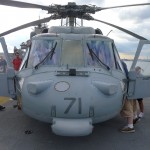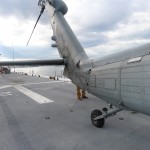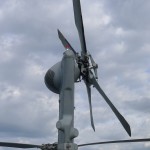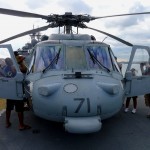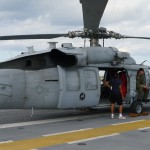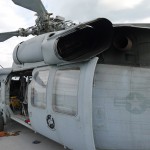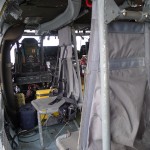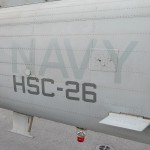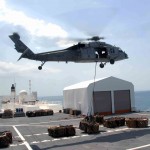This is the latest GOES-13 infrared satellite image of Hurricane Isaac provided by the U.S. Naval Research Laboratory in Monterey, Calif. It shows the storm at 8 a.m. EDT as it makes landfall near New Orleans.
Isaac stalled partially over land and still has sustained winds of 80 mph. It is expected to be a real soaker, dumping some two feet of rain over the Gulf Coast.
So far, the reinforced levee defenses of New Orleans, which failed in the larger and more powerful Hurricane Katrina, have held up.





